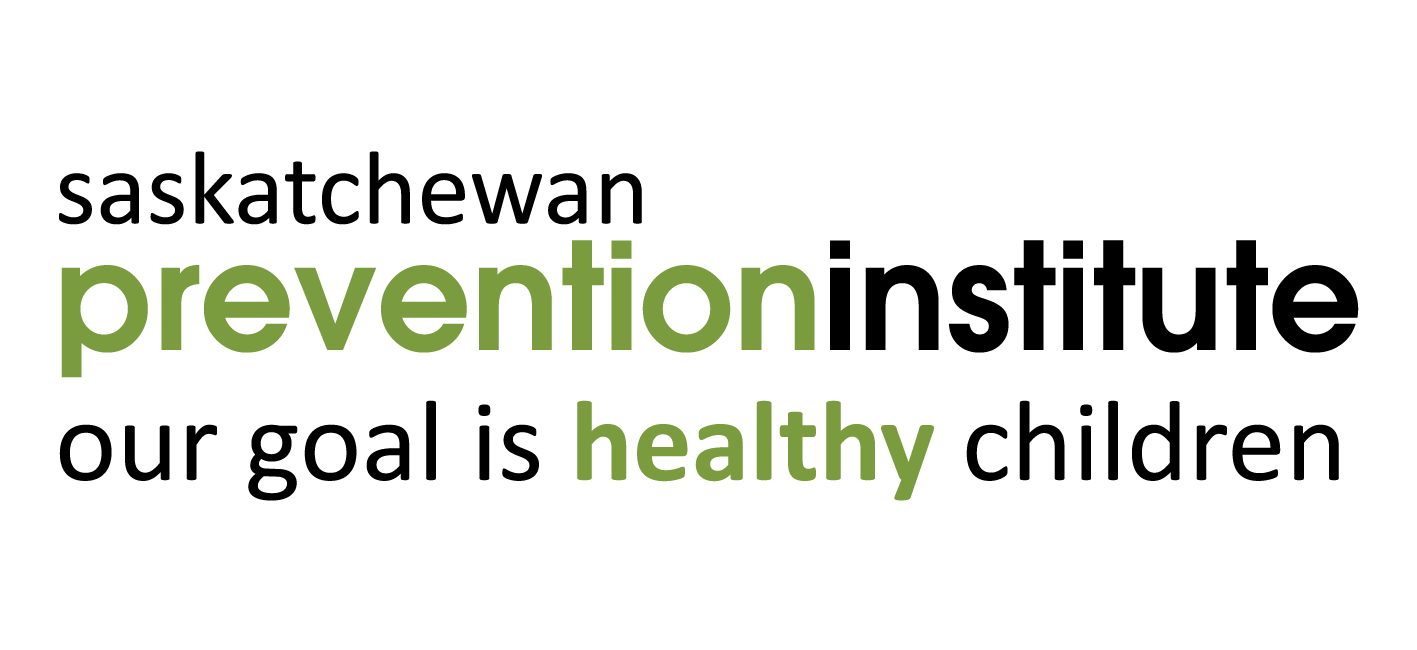
- Display 15 Products per page
-
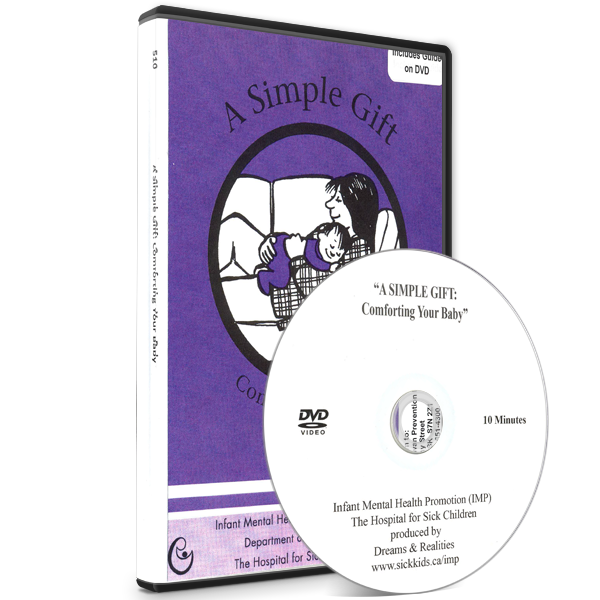
A Simple Gift: Comforting Your Baby
Video, 2000
This video addresses the development and importance of an infant’s attachment relationship with parents in the first year of life. It uses the ideas of attachment theory and research to help focus on different ways parents or other caregivers may respond to infants’ cries. It also shows how infants are likely to interpret the responses of caregivers. The information is presented in clear language and is suitable for parents from many cultures.
SKU: 5-V-510 -
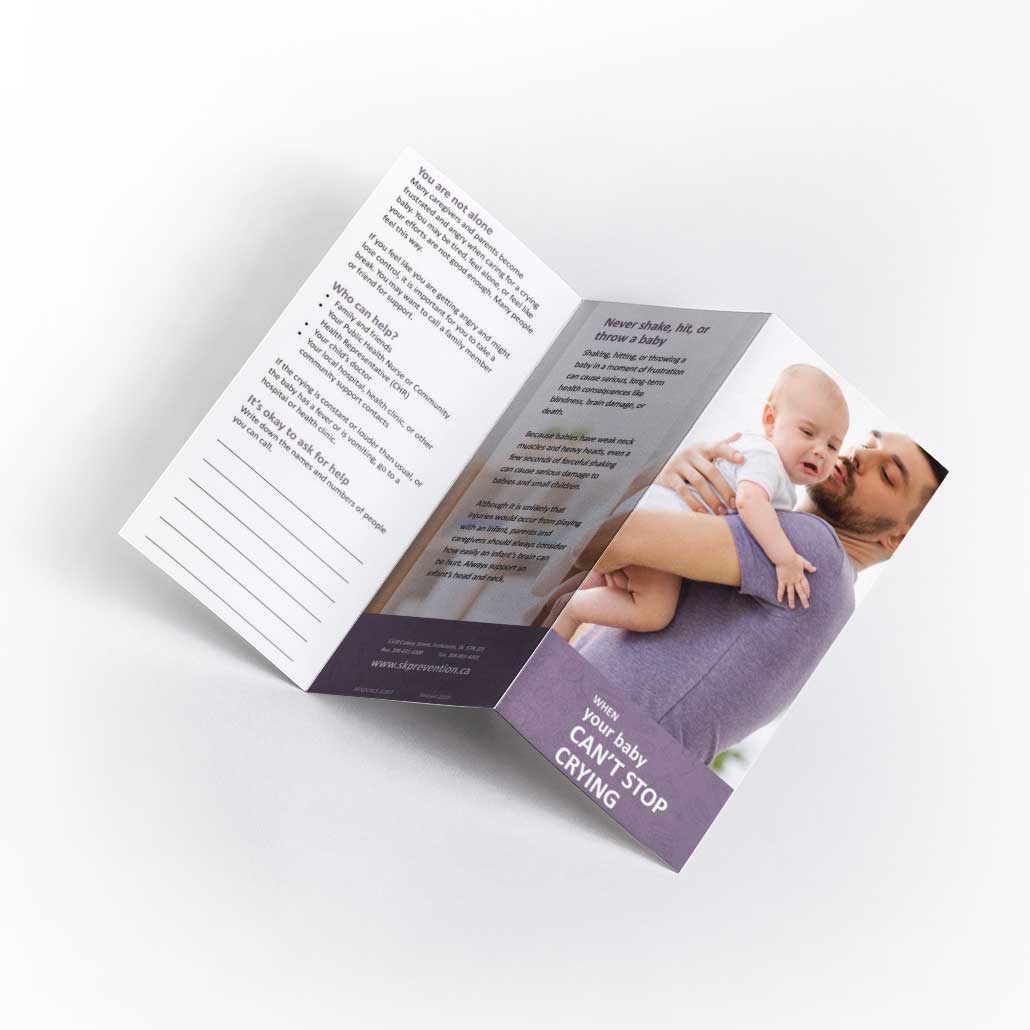
When Your Baby Can’t Stop Crying
Brochure, Revised 2019
Although infant crying is normal, it can be very frustrating for caregivers. This brochure identifies strategies for dealing with a crying infant, as well as strategies for handling caregivers’ frustration. Ideal for use with all caregivers. For information aimed at professionals and service providers, see Abusive Head Trauma (Shaken Baby Syndrome) (resource 4-900).
SKU: 4-902 -
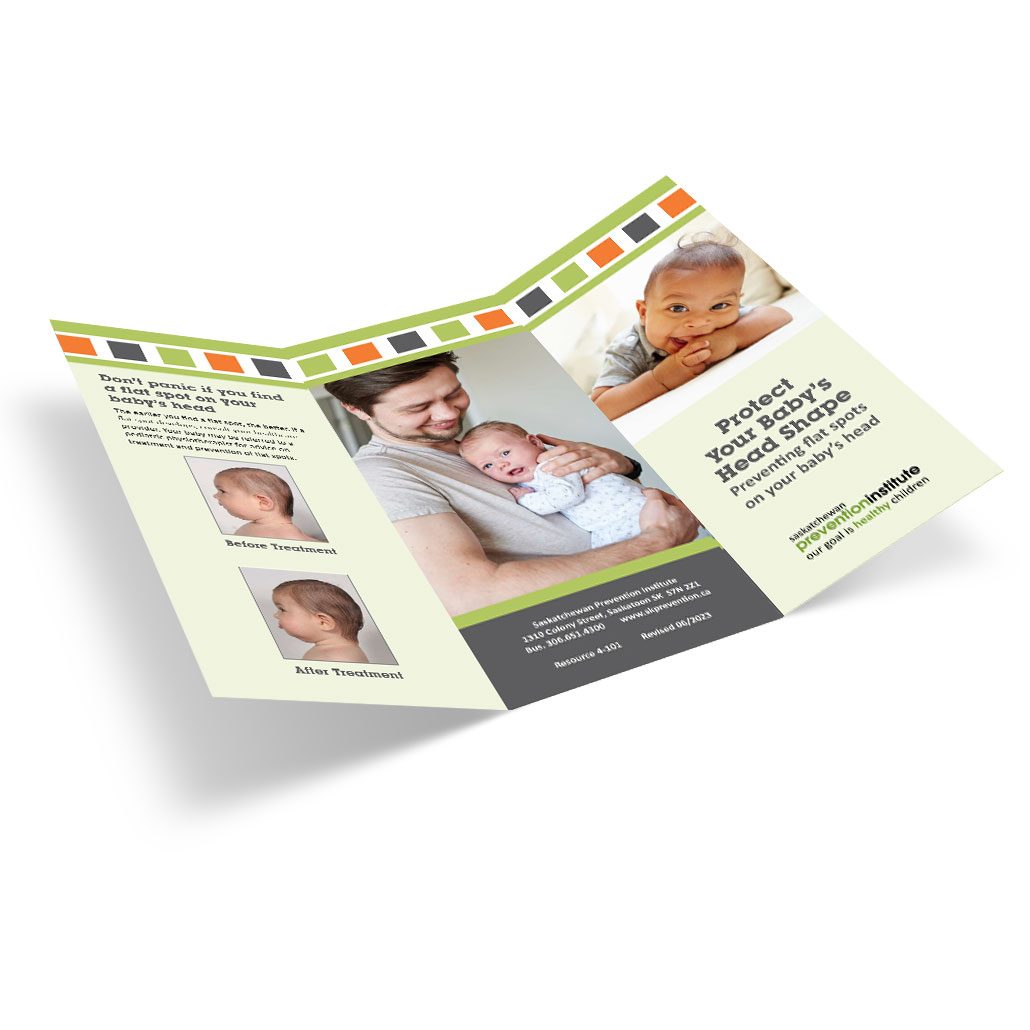
Protect Your Baby’s Head Shape: Preventing Flat Spots on Your Baby’s Head
Brochure, Revised 2023
This brochure provides parents and caregivers with information on positional plagiocephaly, or “flat head”. Information includes how to prevent flat spots and what to do if a flat spot is found on baby’s head.
SKU: 4-101 -

How Your Baby Grows
Booklet, 2002
Adapted with permission from March of Dimes, this illustrated booklet describes fetal development and physical changes experienced by the mother.
SKU: 2-100 -
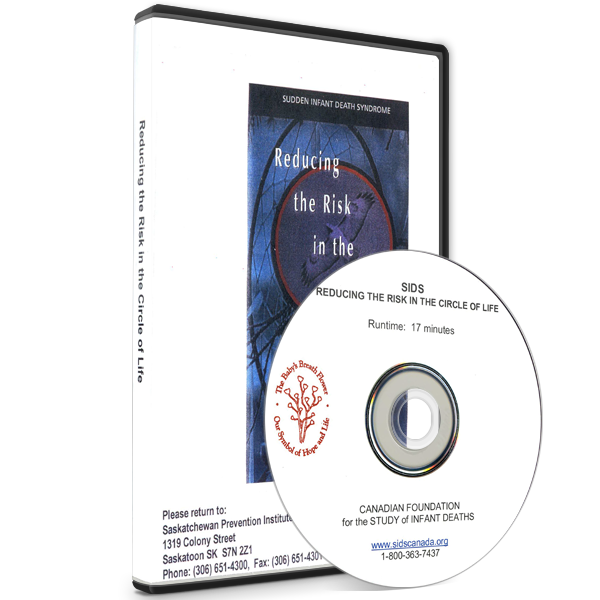
Sudden Infant Death Syndrome: Reducing the Risk in the Circle of Life
Video, 2000
Graham Greene narrates this video that describes strategies for reducing the occurrence of SIDS. Discussion of SIDS and the risk reduction strategies involve key interviews with Aboriginal parents, health professionals, and an Elder. The video is accompanied by a study guide, which can be used to lead group discussion. Audience: expectant parents, caregivers, health professionals.
Audience: Expectant parents, caregivers, and health professionals.SKU: 2-V-204 -
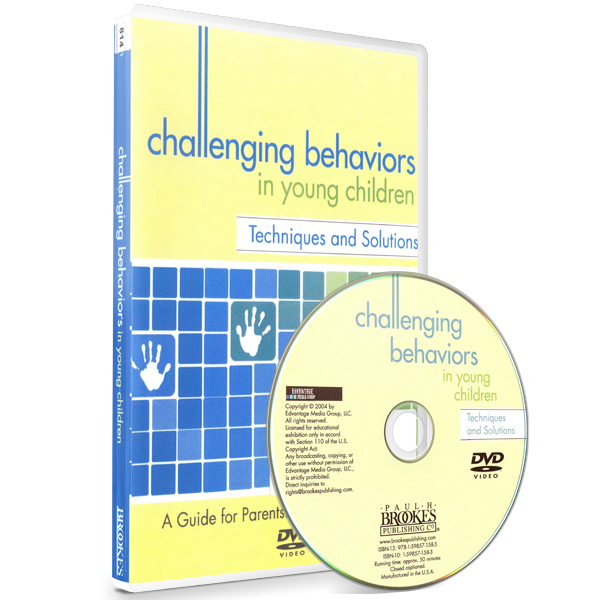
Challenging Behaviors in Young Children: Techniques and Solutions
Video, 2004
This DVD highlights expert information from two books Challenging Behaviors in Early Childhood Classroom Settings: Creating a Place for all Children and Addressing Challenging Behaviors in Early Childhood Settings: A Teacher’s Guide. The DVD uses footage from a daycare setting to highlight concepts that are introduced by experts throughout the film. Special attention is paid to methods that can be used to teach young children how to problem solve.
Audience: Parents and Early Childhood EducatorsSKU: 8-V-814 -
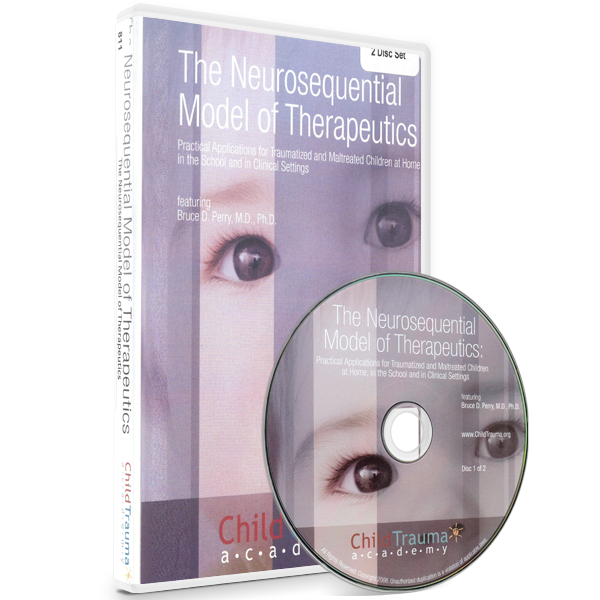
The Neurosequential Model of Therapeutics
Video, 2008
This lecture series features Dr. Bruce Perry sharing information about the Neurosequential Model of Therapeutics. This series can be used for professional education. The series is separated into 8 parts as follows:
- The neurodevelopmental lens
- The response to threat
- Memory and processing
- Neurosociology: Relational neurobiology
- Neglect
- NMT: Principles
- Clinical application of the NMT
- Questions and Answers
SKU: 8-V-811 -
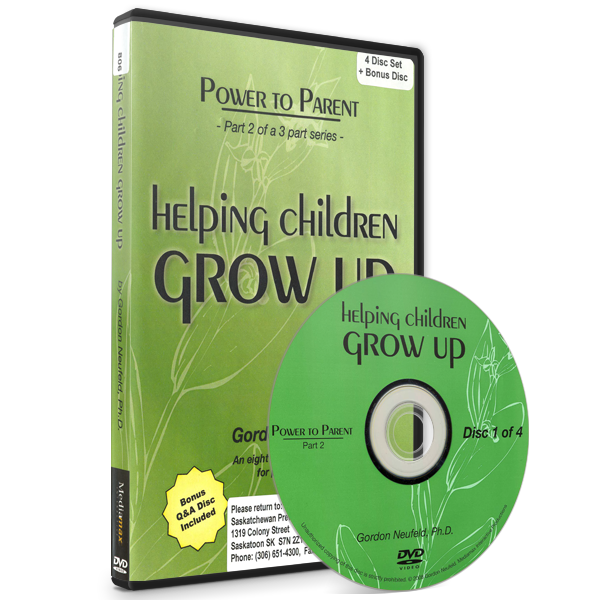
Power to Parent: Helping Children Grow Up
Video, 2008
This is part 2 of a 3-part series. This course is recommended for professional development purposes and should be used in a consecutive fashion as each session builds on previous information. As suggested by the title, the DVD speaks to the topic of helping children grow up. Sessions are broken down as follows:
- Parents and the miracle of maturation
- How to give children the rest they need to grow
- Keys to independence, individuality, and responsibility
- How to help children become their own persons
- Keys to resilience, resourcefulness, and recovery
- How to help children accept limits and adapt to circumstances
- Keys to emotional and social maturity
- Helping children become considerate and find their self-control
SKU: 8-V-806 -
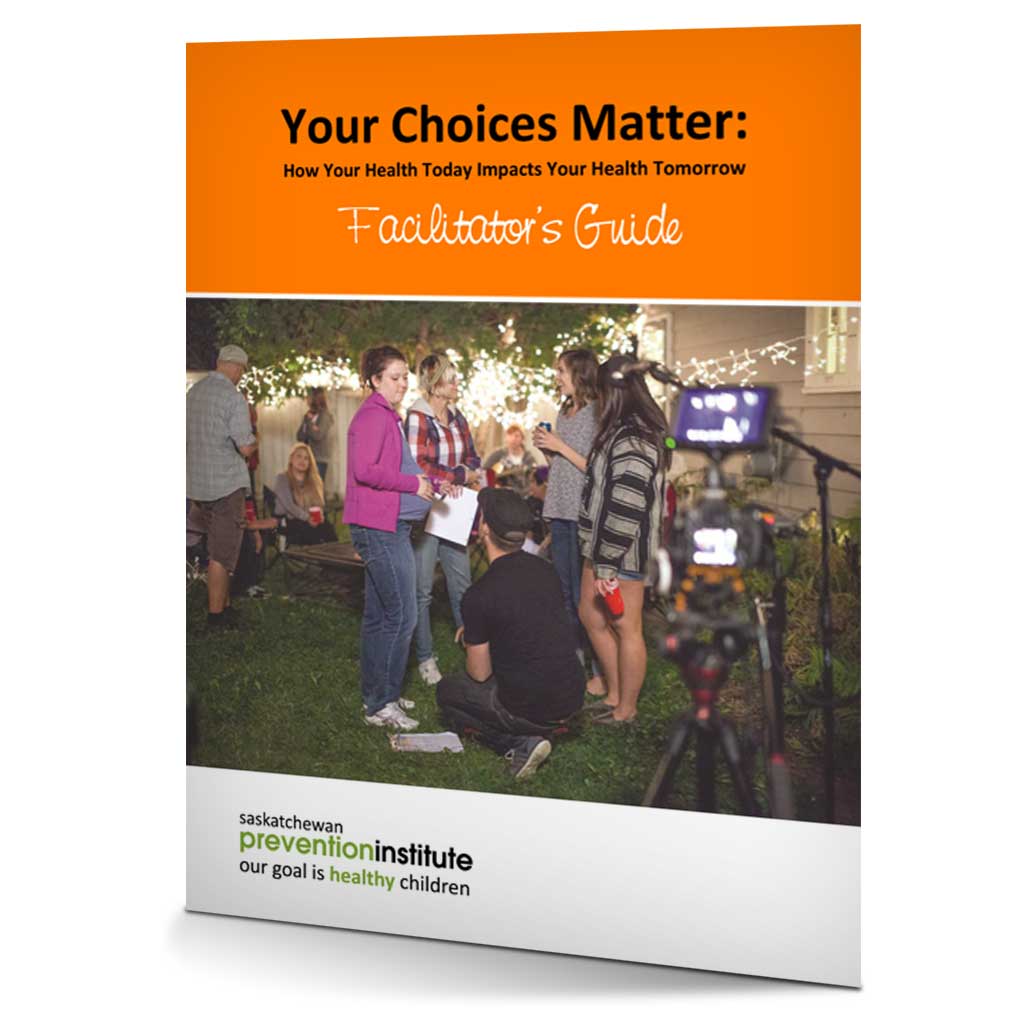
Your Choices Matter Facilitator’s Guide
Guide and Manual, Revised 2020
In conjunction with the Your Choices Matter Video, the Facilitator’s Guide can be used to engage youth and communities to have conversations about health and behaviour choices that they are making today to ensure the best health outcome for themselves and their future children. The guide provides background information and several lesson plans, which can be used in the classroom or in a group setting, to address the various topics introduced in the video.
While the Your Choices Matter Video is meant to introduce the topic of infant mortality and health behaviours, the lesson plans are a way to take this a step further. Each lesson addresses common risk factors for infant mortality and can help guide discussion about the impact of these risk factors for youth today and in the future, and for their future children. Each lesson has been linked to the Saskatchewan Curriculum and, where applicable, includes marking rubrics.
Download the Your Choices Matter Lesson PlansSKU: 2-120 -
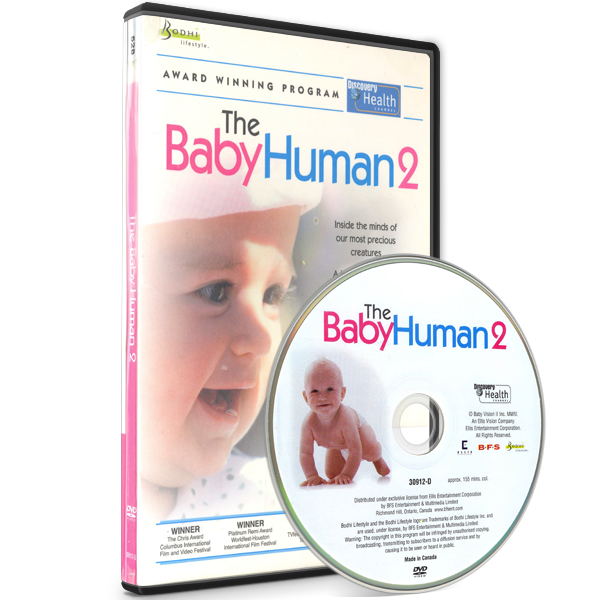
The Baby Human 2
Video, 2008
Imagine being thrust into a world where you cannot speak, can barely move, and must unravel the meaning behind a maze of sounds and sights in order to survive. This is the world of the baby.
Series Two of this groundbreaking program takes a look inside the mind of a baby, revealing how they think, communicate, and observe. Episodes include: To Feel, To Belong, and To Relate. Also includes segments on less common baby names and their meanings, and baby trivia.
SKU: 5-V-528 -
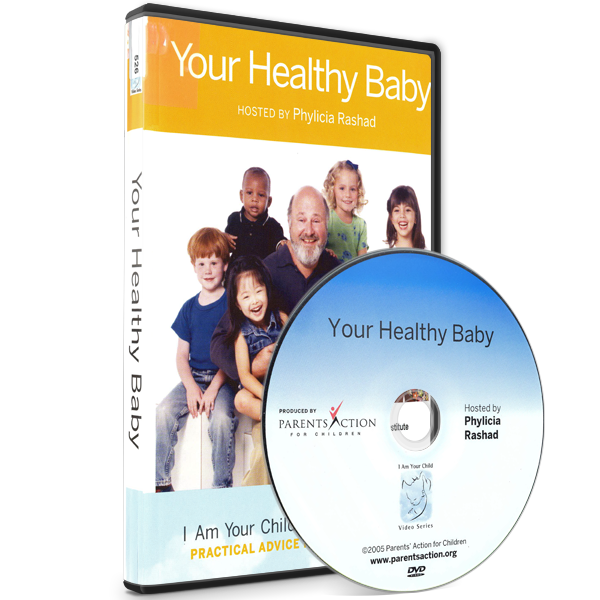
Your Healthy Baby (I Am Your Child Series)
Video, 2005
In order to give a child a healthy start in life, parents and caregivers need the most up-to-date information on children’s health and nutrition issues.
In this video, Phylicia Rashad delivers expert advice on how parents can help their children establish healthy habits, with information on:
- How to maintain good health during pregnancy
- Bottle-feeding versus breast-feeding
- When you and your child should visit the doctor
- What foods to feed your child and when
- The importance of exercise
SKU: 5-V-526 -
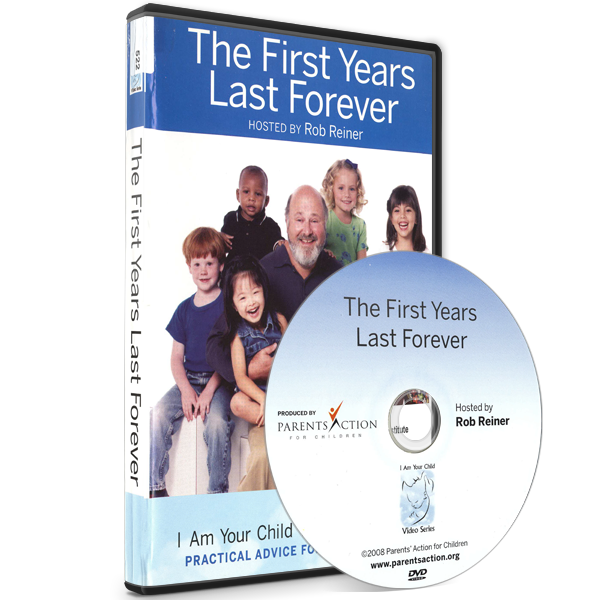
The First Years Last Forever (I Am Your Child Video Series)
Video, 2005
The new research in brain development tells us of the vital importance of the relationship between caregiver and child in the critical first years of life. New parents have a wonderful opportunity to help their child reach their full potential.
This video includes information on:
- Bonding and attachment
- Child care
- Communication
- Discipline
- Health and nutrition
- Self-esteem
- Self-awareness
SKU: 5-V-522 -

Temperament
Information Card, 2015
This information card is about temperament, the inherent and unique traits that influence how we interact with the world. Caregivers will be provided with information on why it is important to understand their children’s temperaments and how it affects behaviour.
SKU: 8-810 -
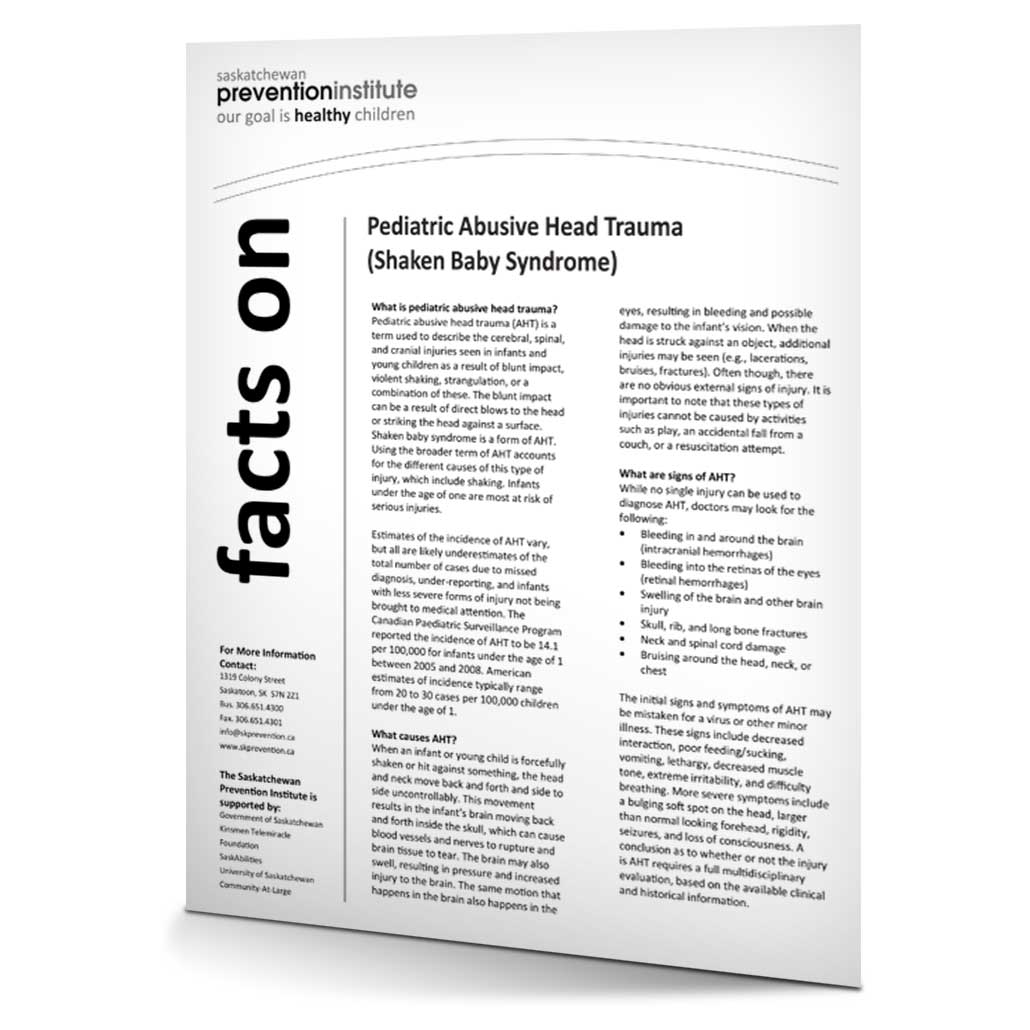
Abusive Head Trauma (Shaken Baby Syndrome)
Fact Sheet, Revised 2019
Explains what abusive head trauma is, including how and why it happens, the long-term effects, and how it can be prevented. Aimed at health professionals and service providers who work with families. For information aimed at caregivers, see When Your Baby Can’t Stop Crying (resource 4-902).
SKU: 4-900 -
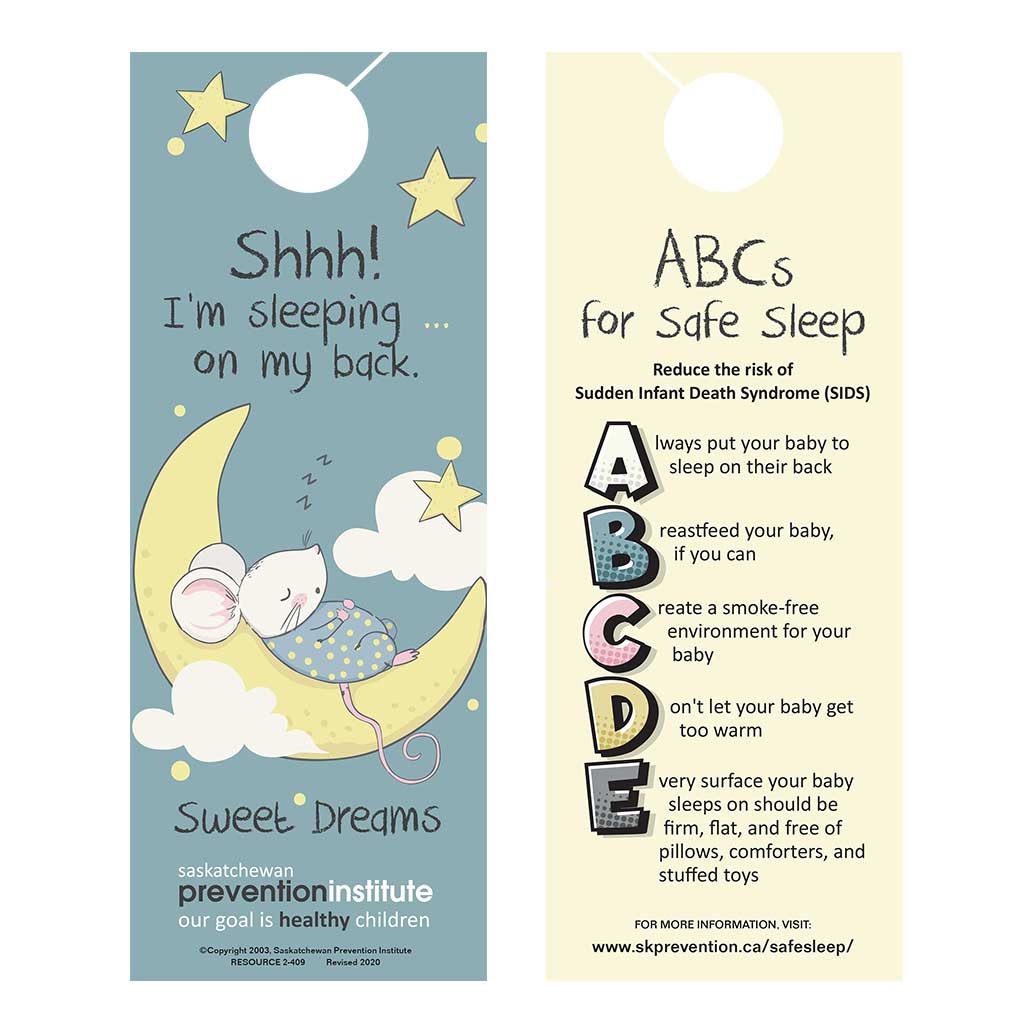
ABCs for Safe Sleep
Informational Door Hanger, 2020
This resource outlines safe sleeping tips for babies to help reduce the risk of Sudden Infant Death Syndrome (SIDS). It is intended to be used as a door hanger within a baby’s sleep environment.
SKU: 2-409
